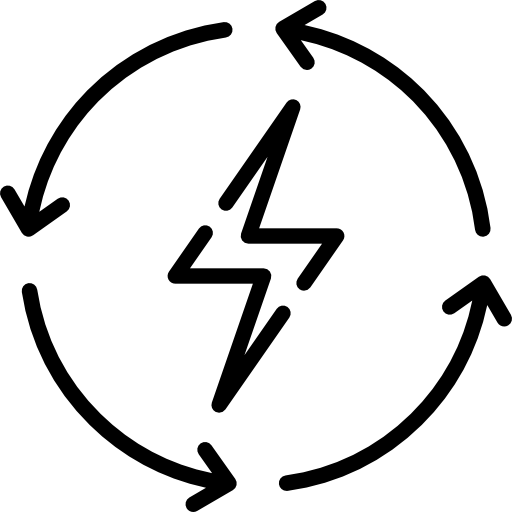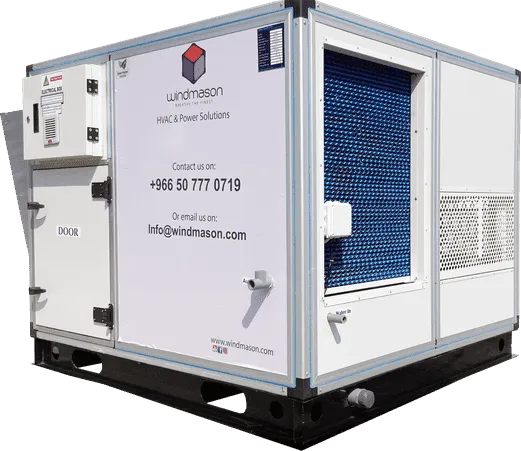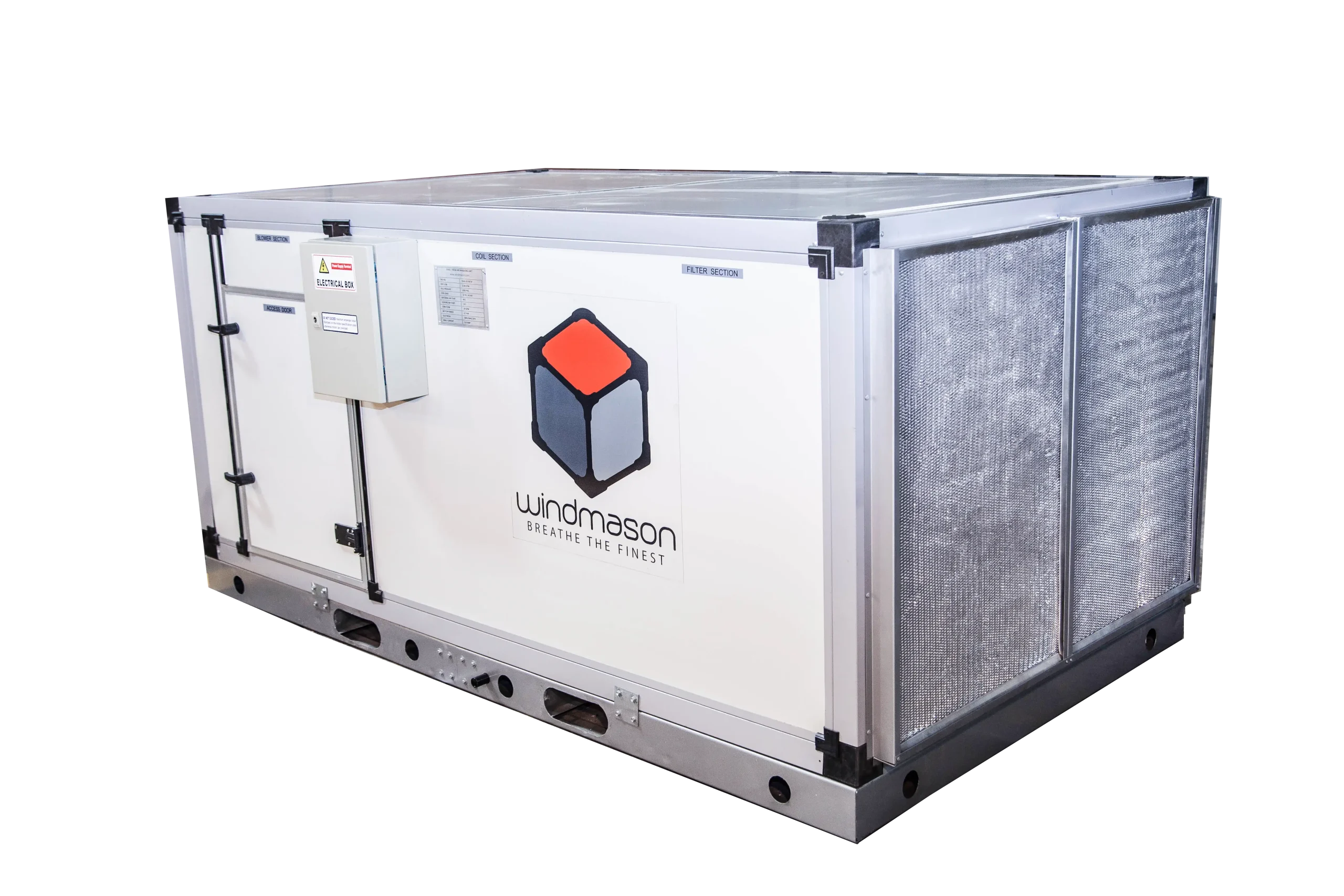Rooftop packaged units are self-contained HVAC systems that combine heating, cooling, and ventilation components into a single unit. This compact design is installed on the rooftop of a building, saving indoor space and simplifying installation.
Rooftop Packaged Unit
Rooftop Packaged Units
Rooftop Packaged units
- Easy to move, install, and maintain.
- Doesn't require a heavy base frame.
- Features lightweight condenser and evaporator units.
- Including both duct and ductless air conditioning units.
- Custom-designed cooling solutions for factories and warehouses.
Key Features

All-in-One Design
Rooftop packaged units integrate heating, cooling, and ventilation components into a single unit, eliminating the need for separate systems. This compact design maximizes space utilization and simplifies installation.

Modular Configurations
These units come in various sizes and configurations to accommodate different building sizes and HVAC requirements. Modular designs allow for easy customization and scalability, making them suitable for diverse applications.

Energy Efficiency
Advanced rooftop units integrate high-efficiency components like scroll compressors, variable-speed fans, and energy recovery ventilators, curbing energy use and utility costs to bolster sustainability efforts.

Climate Control
Rooftop-packaged units offer precise temperature and humidity control, ensuring year-round comfort. Advanced controls enable zoning and scheduling, optimizing performance and energy usage based on occupancy patterns.

Durability and Reliability
Designed to withstand harsh outdoor conditions, rooftop packaged units are constructed with durable materials and corrosion-resistant coatings. This ensures long-term reliability and minimal maintenance requirements, reducing lifecycle costs
How it works
Rooftop units draw in outside air or recirculate indoor air through return ducts. The air passes through filters to remove dust and contaminants before entering the unit's air-handling section.
Inside the rooftop unit, heating and cooling components such as heat exchangers, coils, compressors, and fans work together to condition the air. In heating mode, a gas burner or electric heating elements warm the air, while in cooling mode, refrigerant coils absorb heat from the air to cool it.
Rooftop units include ventilation features to provide fresh air to the building and maintain indoor air quality. This may involve mixing outside air with recirculated air or using energy recovery ventilation systems to transfer heat and moisture between incoming and outgoing air streams.
Once conditioned and ventilated, the air is distributed throughout the building via ductwork connected to the rooftop unit. Supply ducts deliver conditioned air to various zones or rooms, while return ducts carry stale air back to the rooftop unit for reconditioning.
Faq's
A rooftop packaged unit is a self-contained HVAC system installed on the roof of a building, containing heating, cooling, and ventilation components within a single housing.
They save indoor space, offer easier installation and maintenance access, reduce indoor noise, and often provide energy efficiency benefits.
They're commonly used in commercial buildings like offices, retail stores, restaurants, and industrial facilities, as well as some residential applications.
It's recommended to have professional maintenance performed annually, ideally before the start of the cooling or heating season, to ensure optimal performance and efficiency.
Yes, rooftop packaged units can often be customized to meet specific building needs, including advanced filtration options, zoning controls, and integration with building automation systems.
Saudi Arabia
Let us help you create an optimal and sustainable breathing climate. Schedule free consultation and create a healthy ambiance with Wind Mason!
- +966 507770719
- Al Mishael 7670- Riyadh 14325, Saudi Arabia
- info@windmason.com
Get Free Consultation Now!
LET’S WORK TOGETHERinfo@windmason.com
LET’S WORK TOGETHER
Sunday CLOSED
Riyadh 11442 KSA
+966 11 248 67 18
Give us a free call 24/7

Discover innovative cooling solutions with Windmason, a leader in the industry. From our state-of-the-art IDEC Cooling System to a range of cutting-edge HVAC solutions, we are committed to delivering energy-efficient and top-quality products for various sectors.
Get In Touch
- +966 115157284
- +966 543288265
- info@windmason.com
- www.windmason.com
- Al Mishael 7670- Riyadh 14325, Saudi Arabia












